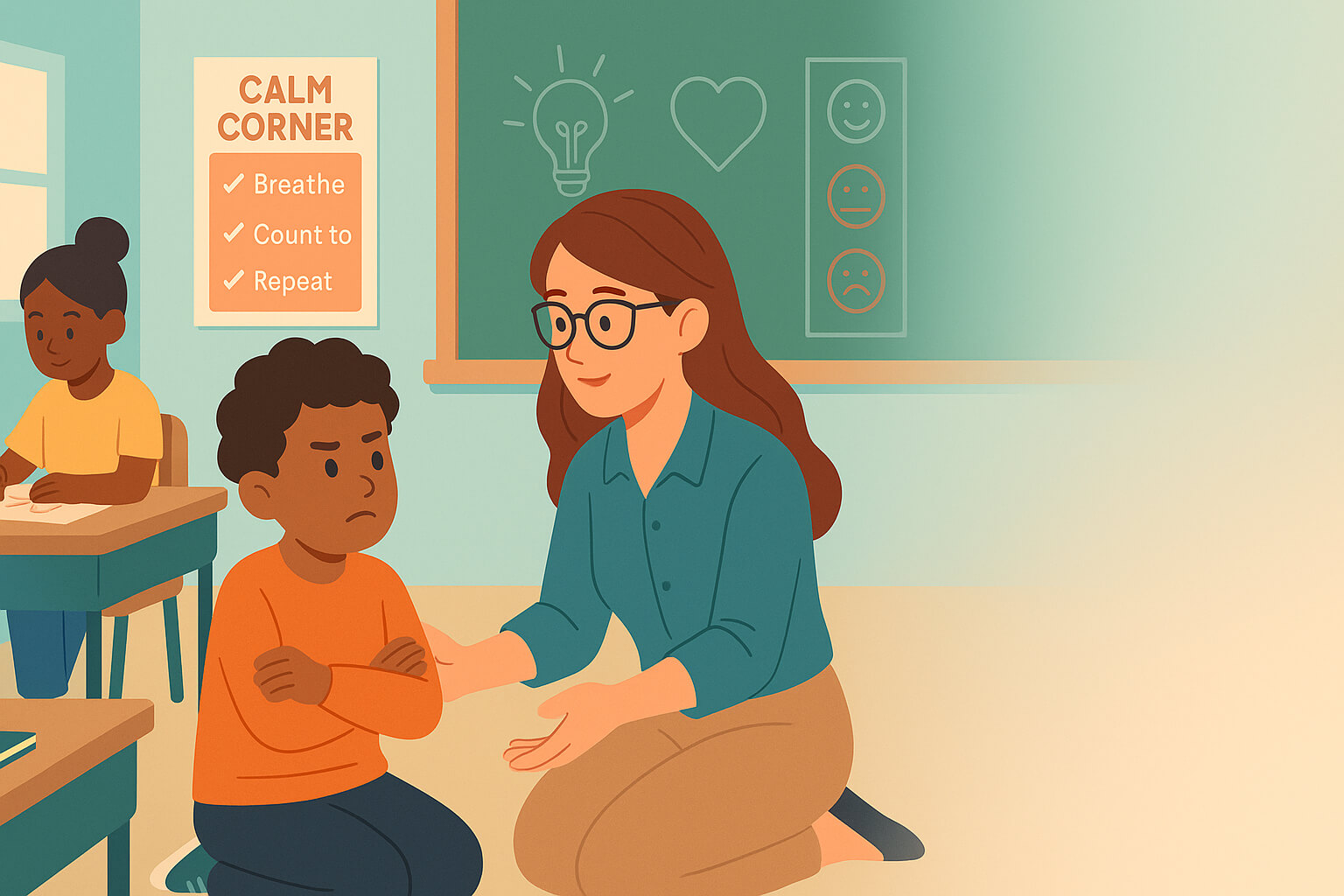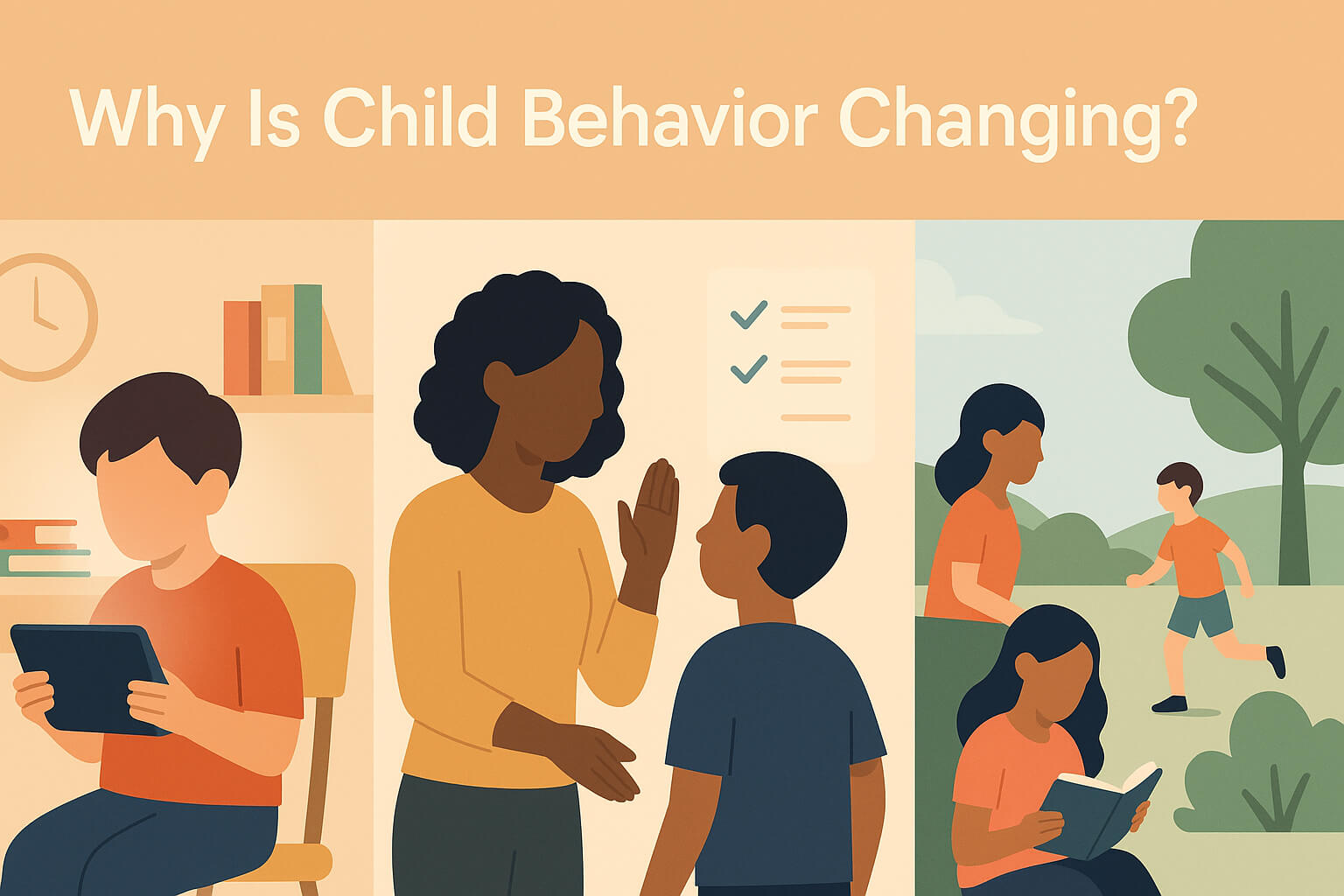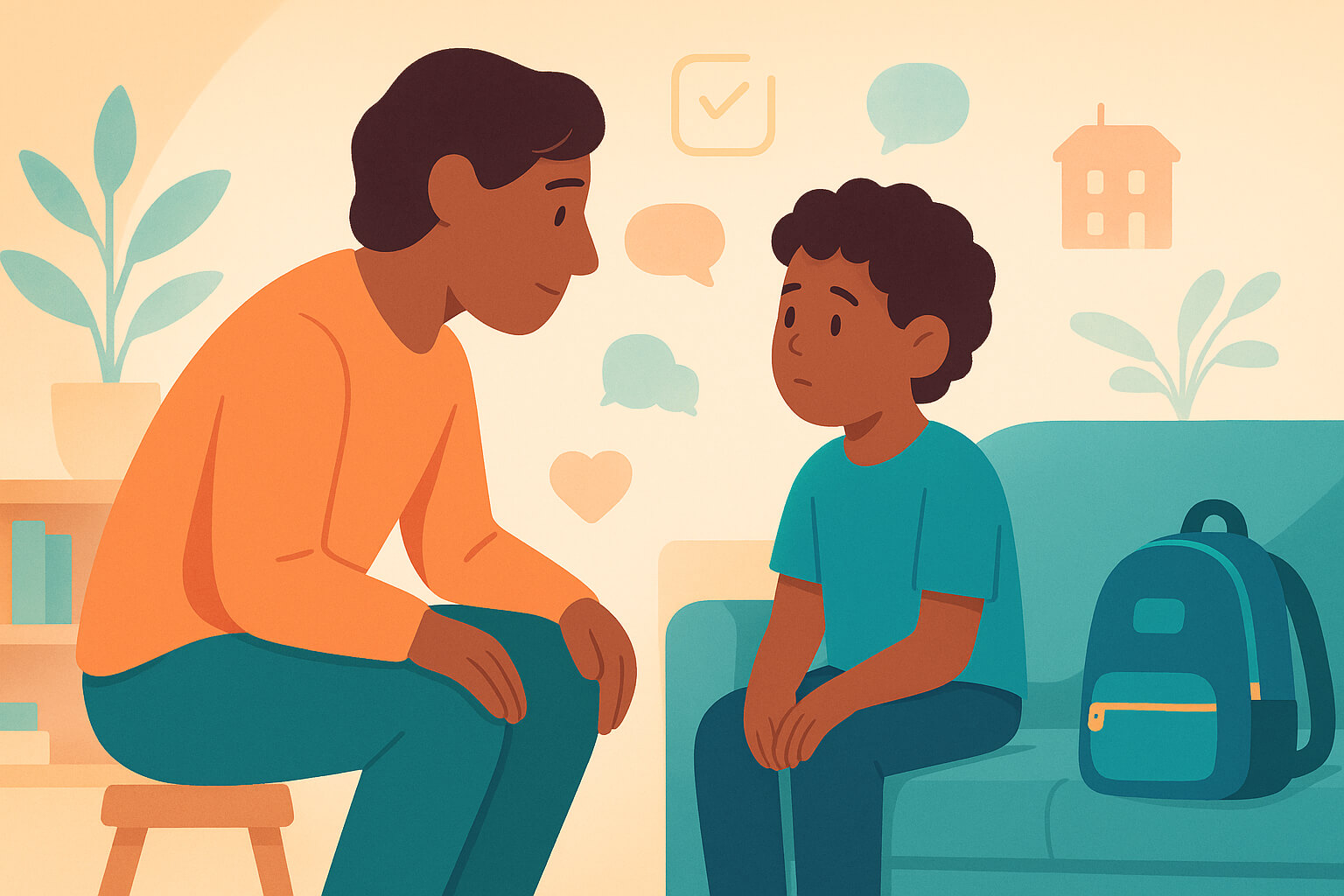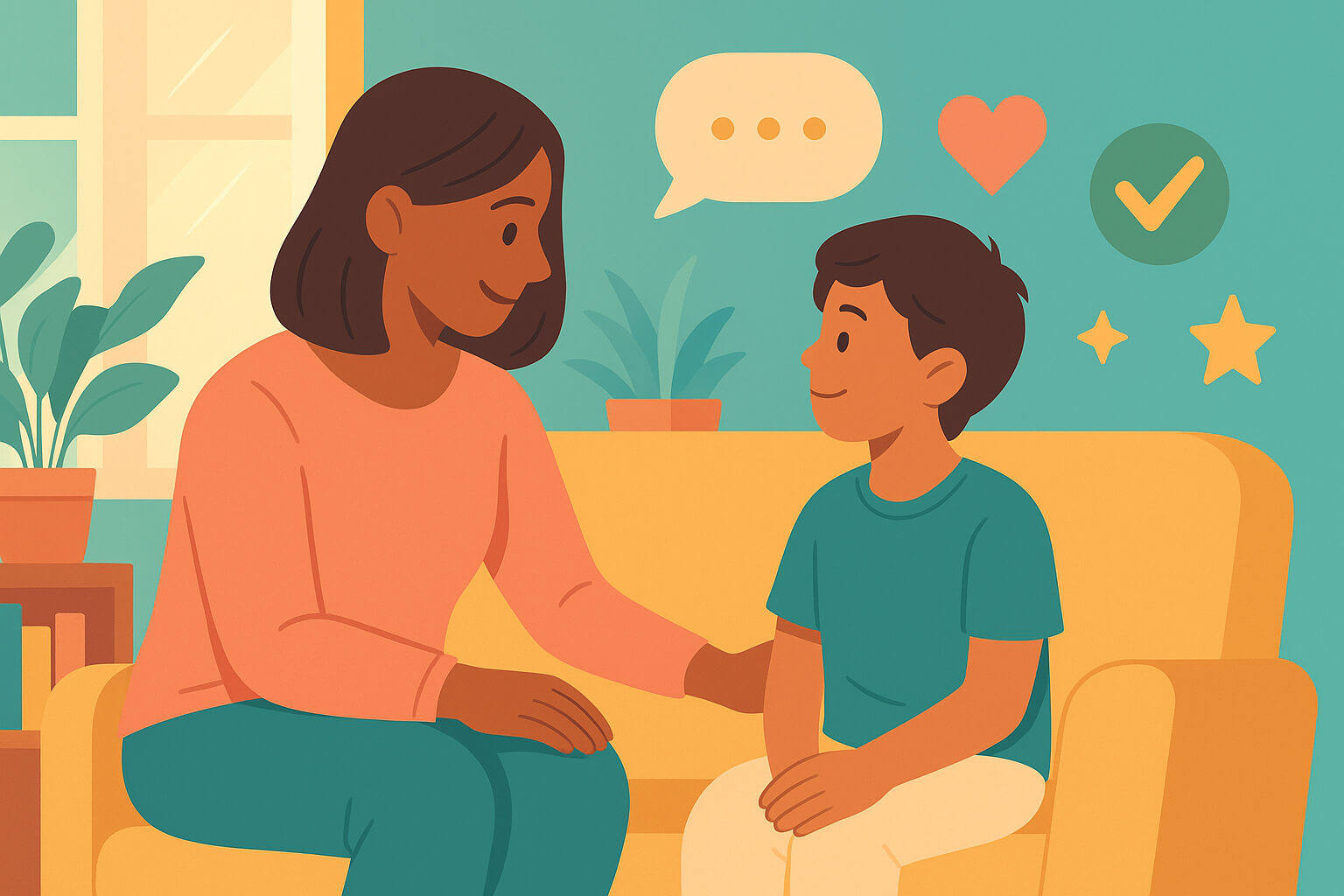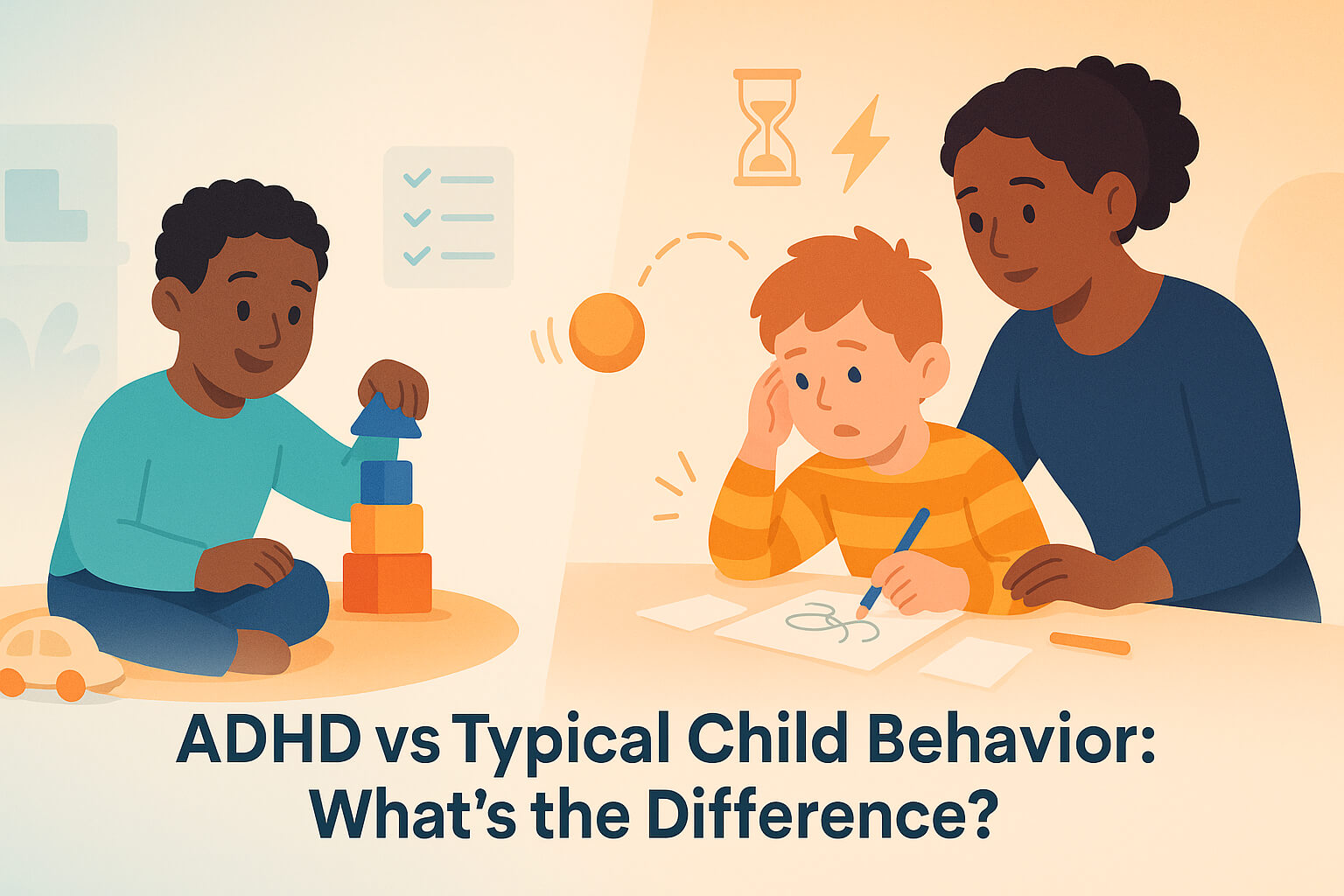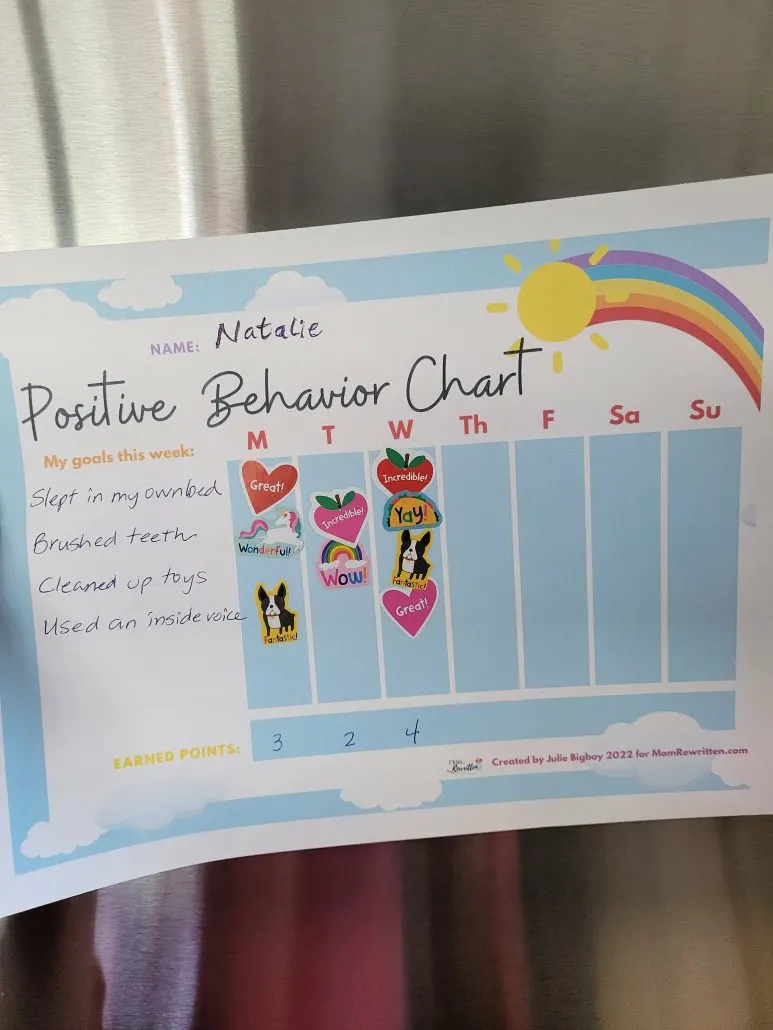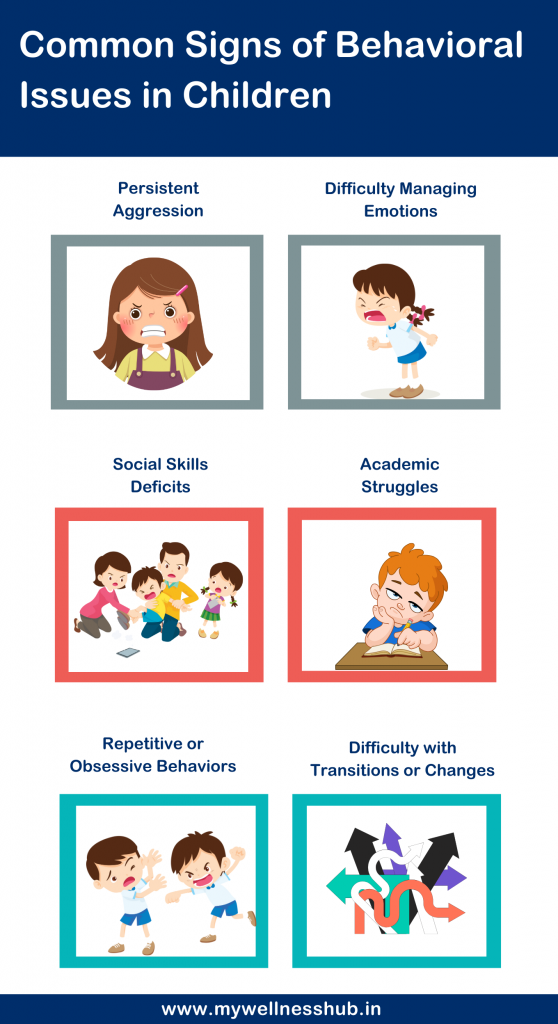How to Deal With a Child With Behavior Problems in the Classroom Managing a classroom can feel like juggling a dozen tasks at once. But when you’re faced with a child who has behavior problems, it can feel like one wrong move could send everything crashing down.
Sound familiar? You’re not alone. Whether it’s constant disruptions, defiance, or emotional outbursts, these challenges can leave you feeling overwhelmed, frustrated, and even unsure of what to do next. Here’s the good news: you don’t have to figure it out all by yourself.
By understanding the root of these behaviors and applying simple, effective strategies, you can regain control of your classroom and create an environment where every child—yes, even the challenging ones—can thrive. Stick with me. In this post, you’ll discover actionable tips that will not only help you manage difficult behaviors but also transform the way you connect with your students. If you’re ready to bring calm back to your classroom and feel confident in your approach, let’s dive in.
Identifying Triggers
Recognizing triggers is essential to understanding classroom behavior problems. Observing patterns helps pinpoint situations causing frustration or distress. Identifying these triggers allows teachers to create strategies that reduce disruptions and support positive behavior.
Identifying Triggers Understanding what sets off a child’s challenging behavior in the classroom can feel like solving a puzzle. But once you identify the triggers, you’re no longer guessing—you’re addressing the root cause. This approach helps you create a safer, more supportive space for both the child and the rest of the class.
Observe Patterns In Behavior
Behavior rarely happens in isolation. Pay close attention to when and where disruptions occur. Does the child act out during transitions, group activities, or specific subjects like math? Take notes on their behavior over a few days. You might notice that noisy environments or sudden changes in routine are common triggers. Once you spot these patterns, you can start making small changes to minimize them.
Ask The Right Questions
Sometimes, the simplest way to understand a child’s triggers is to ask. Use open-ended, non-judgmental questions like, “What makes you upset during recess?” or “Is there something about math that feels hard for you?” You don’t need to grill them—keep it casual and conversational. Children are often more insightful than we give them credit for. Their answers might surprise you and give you clarity on what’s really bothering them.
Consider Sensory Sensitivities
Some children respond strongly to sensory input. Bright lights, loud noises, or even the texture of their chair can create discomfort that leads to disruptive behavior. Take a moment to assess their environment. Would dimming the lights or allowing noise-canceling headphones make a difference? Small adjustments like these often lead to big improvements.
Monitor Peer Interactions
Social dynamics can be a major trigger for behavior problems. Does the child get frustrated when paired with certain classmates? Are they struggling to communicate or feeling excluded? Encourage positive peer interactions by setting clear group work expectations. You can also assign roles to ensure every child feels included and valued. A supportive peer group can reduce emotional triggers significantly.
Work With Parents And Caregivers
Parents and caregivers are an invaluable resource when identifying triggers. They know the child’s routines, preferences, and past experiences better than anyone else. Reach out and ask if they’ve noticed similar patterns at home. Collaborative efforts between school and home create consistency, which helps the child feel more secure.
Test And Adjust
Identifying triggers is an ongoing process. Once you’ve made adjustments, observe how the child responds. Are they calmer during those previously challenging moments? If something doesn’t work, tweak it and try again. Flexibility is key here—children’s needs change, and your strategies should too. When behavior interferes with learning, consider collaborating with your team to conduct a Functional Behavioral Assessment (FBA) and develop a Behavior Intervention Plan (BIP) per current federal guidance (OSERS/OESE, 2024-11-19). — By focusing on triggers, you’re not just managing behavior—you’re preventing it. What small steps can you take today to better understand the challenges your students face?
Building Positive Relationships
Creating a strong bond with students is the key to fostering good behavior. Positive relationships can help children feel valued, safe, and understood. Students are more likely to cooperate and follow rules when they trust their teacher. A healthy connection reduces stress and promotes a supportive classroom atmosphere.
Show Genuine Interest
Learn about each child’s hobbies, strengths, and challenges. Ask questions that show you care about their lives. Listen actively when they share stories or concerns. Acknowledging their feelings builds trust and respect. This helps children feel appreciated and more willing to collaborate.
Use Encouraging Language
Speak positively to motivate students. Praise specific efforts rather than general behavior. For example, say, “I appreciate how you helped your classmate today.” Avoid criticizing harshly, as it can create resentment. Encourage them to reflect on their actions and make better choices.
Be Consistent And Fair
Set clear expectations and enforce rules consistently. Treat all students equally to avoid feelings of favoritism. Children respond better to fairness and predictability. Explain the reasons behind rules to help them understand the importance of respectful behavior.
Create Opportunities For Connection
Plan activities that encourage teamwork and mutual support. Group projects help students build friendships and improve social skills. Spend one-on-one time with students facing behavior challenges. These interactions show them that you care about their success. These practices align with evidence-based Positive Behavioral Interventions and Supports (PBIS) used in U.S. schools (Center on PBIS).
Setting Clear Expectations
Setting clear expectations can transform the way a child with behavior problems engages in the classroom. Children often act out when they’re unsure of what’s expected or feel overwhelmed by inconsistent rules. By providing clarity and structure, you create an environment where they feel safe and understood.
Use Simple And Specific Language
Children process instructions better when they’re straightforward and easy to understand. Instead of saying, “Behave properly,” try, “Keep your hands to yourself during group work.” Specificity removes guesswork and helps the child know exactly what to do.
Make your tone friendly yet firm. Kids respond better when they sense you’re rooting for them, not against them. A calm and supportive approach prevents resistance and encourages cooperation.
Write Down The Rules
Visual reminders help reinforce expectations. Post classroom rules in a spot where every child can see them. Use positive phrasing, like “Raise your hand to speak,” rather than “Don’t interrupt.”
Consider creating a list together with your students. Involving them gives them ownership of the rules, making them more likely to follow them.
Be Consistent
Children thrive on predictability. If you enforce a rule one day but ignore it the next, it sends mixed signals. This inconsistency can lead to confusion and more behavior challenges.
Stick to the same consequences for specific actions. For instance, if a child disrupts the class, calmly remind them of the rule and follow through with an agreed-upon consequence. This shows you mean what you say.
Set Expectations For Yourself Too
Ask yourself: are you modeling the behavior you want to see? If you expect respect, are you speaking respectfully to the students? Your actions teach as much as your words.
Take time to reflect on your reactions. Are you calm when addressing disruptions, or do you respond out of frustration? Children often mirror the behavior they see in adults.
Revisit Expectations Regularly
Repetition helps reinforce understanding. Review classroom rules at the start of each week or when introducing new activities. This refreshes the child’s memory and ensures they’re clear on what’s expected.
Adapt as needed. If a rule isn’t working, tweak it. Kids appreciate when you’re flexible and willing to adjust to help them succeed.
What small changes can you make in your classroom today to set clearer expectations?

Credit: www.bookwidgets.com
Implementing Consistent Discipline
Creating a structured routine helps children with behavior problems feel secure and understand expectations. Clear rules and consistent consequences build trust and promote better classroom behavior. Patience and positive reinforcement encourage lasting improvements in their actions.
Consistency in discipline helps children understand boundaries and expectations. It creates a structured environment where they feel safe and supported. A predictable system of rules and consequences reduces confusion and builds trust. Students learn better when they know what to expect. Inconsistent discipline can lead to frustration and misbehavior. Children may test boundaries if rules are not clear. A consistent approach ensures fairness and promotes a positive classroom atmosphere. Below are some actionable strategies to implement consistent discipline effectively.
Set Clear Rules And Expectations
Establish clear rules that are easy for children to understand. Use simple, direct language when explaining these rules. Display them prominently in the classroom as a visual reminder. Review them regularly to reinforce understanding. Rules should be realistic and age-appropriate. Too many rules may overwhelm students. Focus on the most important behaviors for a positive learning environment. Involve students in creating rules to encourage ownership and accountability.
Use Consequences That Match The Behavior
Ensure consequences align with the misbehavior. Overly harsh punishments can harm trust and morale. For example, if a student disrupts the class, ask them to reflect on their actions. Avoid emotional reactions when enforcing consequences. Stay calm and consistent to show fairness. Praise positive behavior as often as addressing negative actions. This encourages students to repeat good behaviors. Balance consequences with recognition to maintain a healthy classroom dynamic. Avoid corporal punishment; the American Academy of Pediatrics advises against its use in schools due to documented harms (AAP, 2023). Use restraint or seclusion only when there is an imminent danger of serious physical harm and according to district/state policy (U.S. Department of Education principles).
Be Consistent Across All Students
Apply rules and consequences equally to all students. Avoid favoritism or singling out specific children. Inconsistent treatment can lead to resentment and further behavior issues. Students notice fairness and respond positively to it. If a child receives different treatment, explain why. For example, if they have unique needs, discuss this privately. Transparency fosters understanding and reduces misunderstandings among students.
Follow Through With Promised Actions
Always follow through on stated rules and consequences. Empty threats can undermine authority and confuse students. If a consequence is promised, ensure it is applied. This reinforces the importance of rules and builds trust. Avoid overpromising or making rules you cannot enforce. Keep your discipline plan realistic and manageable. Consistency ensures students respect the boundaries you set.
Document Behavior Patterns
Keep a record of repeated behaviors and responses. This helps identify patterns and underlying issues. Documentation also provides evidence for parent-teacher meetings or school support teams. Use this information to adjust strategies if needed. Track both positive and negative behaviors. This gives a well-rounded view of the child’s progress. Celebrate improvements to motivate further growth. `
Encouraging Emotional Regulation
Helping children manage their emotions in the classroom is an essential skill that can transform their behavior. Emotional regulation doesn’t come naturally to every child, especially those with behavior challenges. With the right strategies, you can guide them toward understanding and managing their feelings effectively.
Teach Students To Name Their Emotions
Start by helping children identify what they’re feeling. A simple chart with faces illustrating emotions like happy, angry, or sad can be a great tool. Ask questions like, “Are you feeling frustrated because you couldn’t finish your project?” This can help them connect their feelings to specific situations.
Once they learn to name their emotions, they’ll begin to recognize patterns. A student may realize they feel anxious before public speaking or upset when they lose a game. This awareness is the first step toward managing their reactions.
Model Calm Behavior
Your behavior sets the tone. When faced with a challenging situation, stay calm. If a child is having an emotional outburst, showing patience and maintaining a steady voice can help de-escalate their emotions.
A teacher once shared how she handled a disruptive student during a group activity. Instead of reacting with frustration, she calmly said, “I see you’re upset. Let’s step aside and talk about it.” Her response not only calmed the child but also set an example for the rest of the class.
Offer Simple Breathing Exercises
Breathing exercises can work wonders for children struggling with emotional regulation. Teach them to take slow, deep breaths when they feel overwhelmed. Count together: “Breathe in for four counts, hold for four, and breathe out for four.”
Keep it fun and engaging. You could call it “balloon breathing” and ask them to imagine their belly is a balloon filling up as they breathe in. This keeps the exercise light and approachable, especially for younger children.
Give Them Tools To Cool Down
Sometimes kids need a moment to step away and reset. Create a “calm corner” in the classroom with soft cushions, fidget toys, or coloring materials. Let children know it’s okay to use this space when they feel overwhelmed.
One teacher shared how a stress ball in her calm corner became a hit with her students. A child who often shouted during transitions started using the stress ball instead. Over time, his disruptive behavior decreased significantly.
Praise Positive Behavior
Catch them doing well and let them know you notice. When a child successfully uses a strategy to regulate their emotions, celebrate it. Say, “I saw how you took deep breaths when you were upset earlier. Great job staying calm!”
Positive reinforcement helps children associate emotional regulation with success. It builds their confidence and makes them more likely to repeat those behaviors. Explicitly teaching social and emotional learning (SEL) competencies supports these skills (CASEL Framework).
Encouraging emotional regulation takes effort, but the results can be transformative. Which of these strategies would you try with your students first?

Credit: www.thepathway2success.com
Collaborating With Parents And Specialists
Dealing with a child who has behavior problems in the classroom can feel overwhelming. But you’re not alone in this effort. Collaborating with parents and specialists can provide the support and tools needed to create a positive learning environment for everyone.
Understanding The Parent’s Perspective
Parents hold the key to valuable insights about their child. Ask them specific questions: What triggers certain behaviors? What strategies work at home?
Be empathetic in your conversations. They might already feel frustrated or judged. Show them you’re on the same team, working toward helping their child succeed.
Scheduling Regular Communication
Consistency is crucial when working with parents. Set up a system for regular updates—this could be a quick email, a phone call, or a note sent home.
Share both the challenges and the progress. Celebrating small wins together helps build trust and keeps everyone motivated.
Involving School Specialists
Don’t hesitate to loop in school counselors, psychologists, or special education teachers. They bring expertise and strategies tailored to children with behavior issues.
For instance, a school psychologist may suggest behavior intervention plans or social skills training. These tools can make a significant difference in how a child interacts in the classroom.
Creating A Unified Strategy
Collaborate to create a consistent plan that works both at home and in school. This might include reward systems, clear consequences, or specific coping techniques for the child.
When everyone is on the same page, the child gets a clear, predictable structure. This reduces confusion and reinforces positive behavior.
Encouraging Open Feedback
Ask parents and specialists for feedback on the strategies you’re using. Are they seeing improvements? Do they have suggestions for adjustments?
This two-way dialogue ensures that you’re refining your approach and addressing the child’s needs effectively. It also shows that you value their input, strengthening your partnership.
Asking Yourself The Right Questions
Take a moment to reflect: Are you really listening to the parents? Are you open to trying new strategies suggested by specialists?
Your willingness to adapt can be the turning point in managing challenging behaviors. Progress often starts with small, consistent changes in approach.
Collaboration isn’t just a one-time conversation. It’s an ongoing process that can transform not just the classroom experience, but the child’s future, too. Where appropriate, partner with your school team on an FBA/BIP process to address behavior that impedes learning (OSERS/OESE, 2024-11-19; PBIS).

Credit: acp-mn.com
Frequently Asked Questions
How To Deal With A Child With Behavioral Issues?
Address behavioral issues calmly with consistent boundaries and positive reinforcement. Communicate openly, listen actively, and model desired behaviors. Seek professional help if needed, such as therapists or counselors. Establish routines and ensure the child feels supported and understood. Practice patience and celebrate small improvements to encourage positive progress. Avoid corporal punishment (AAP, 2023).
What Are The 3 C’s Of Classroom Discipline?
The 3 C’s of classroom discipline are: Clarity, Consistency, and Caring. Clarity ensures clear rules and expectations. Consistency maintains fairness by enforcing rules uniformly. Caring builds trust and respect between teachers and students, fostering a positive learning environment. These principles promote effective classroom management and student engagement. Align with PBIS where possible (PBIS).
How Do You Handle Students’ Behavioral Issues In The Classroom?
We address behavioral issues by setting clear expectations, using positive reinforcement, and fostering open communication with students and parents. When safety is at risk, follow district policy; restraint/seclusion should be last resort only in imminent danger of serious physical harm (U.S. Department of Education).
What Are The 5 R’s Of Behaviour Management?
The 5 R’s of behavior management are: Respect, Responsibility, Relationships, Rules, and Routines. Respect fosters mutual understanding. Responsibility encourages accountability. Relationships build trust. Rules set clear expectations. Routines provide consistency. Teaching SEL skills supports these areas (CASEL).
Conclusion
Helping a child with behavior problems takes patience and understanding. Consistent strategies create a supportive classroom environment. Build trust by listening and showing empathy. Clear rules and positive reinforcement guide better behavior. Stay calm, even during challenges, to set a good example.
Collaborate with parents and colleagues for additional support. Every small step forward is progress worth celebrating. Remember, no child is beyond help with the right approach. Your efforts can make a lasting impact on their learning journey. Keep fostering growth and connection—small changes lead to meaningful results.
